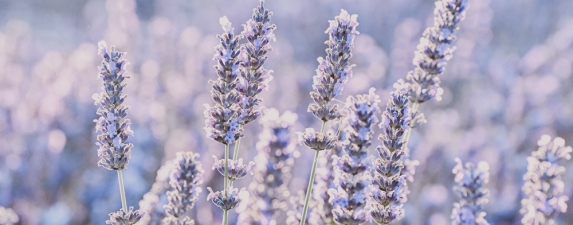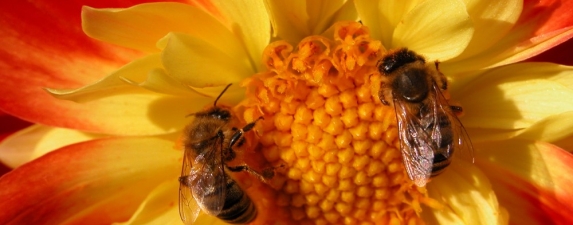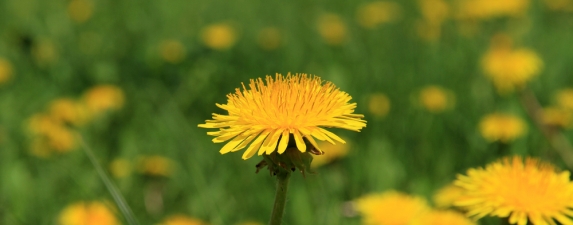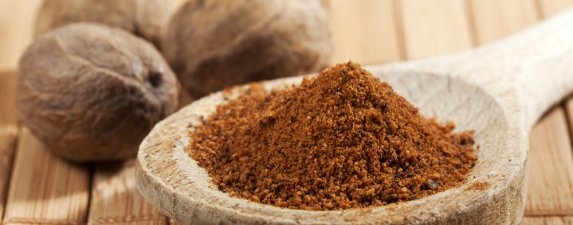
NAHA was proud to collaborate with Franklin Health’s nonprofit center to conduct a study which confirmed that lavender and tea tree oils are unrelated to endocrine disruption and are safe to use in children’s products. “This study was the first and only to scientifically evaluate these claims, and included over 550 children” (Franklin). Scientific research is a critical tool that allows us to better understand the safety and efficacy of essential oils. NAHA is committed to furthering essential oil research and will continue supporting relevant research projects. The next collaborative study will focus on clary sage and pregnancy. I’d like to personally extend my heartfelt gratitude to all of the wonderful NAHA members who make studies like these possible through your support! Annette Davis, NAHA President

In the spring edition of the NAHA Aromatherapy Journal 2021.1, my article “The Making of Bee Bread,” highlighted the science behind why pollination is really plant sex. Plants have adapted over millions of years to find the perfect recipe to attract their reproductive aid, their pollinators, by their means of communicating through a blend of odoriferous compounds. The perfect recipe often comprises of hundreds of compounds. “Rose (Rosa [×] damascena) flowers contain over 300 essential oil compounds that contribute to the attraction of pollinators.”[1] The “recipe” greatly affects success in pollination. “1,8-Cineole, present in 60% of the scents of orchids analysed by Dodson et al., 8 was found to attract the greatest number of pollinator bees (70%). In comparison, eugenol, methyl salicylate and methyl cinnamate attract fewer species.”[2] This intimate relationship between pollinator and plant relies heavily on specific formulations and can easily be disrupted by varying factors and leads to many questions. Have you ever wondered if pollution affect our pollinators?

Dandelion, from the genus Taraxacum, is a perennial flowering plant from the family Asteraceae. It is native to Eurasia and North America. The two most common species are Taraxacum officinale and Taraxacum erythrospermum, which were introduced from Europe, and now grow wild. They are edible from root to tip. The common English name is derived from French: Dent-de-lion, or “lion’s tooth.”[1]

If you want to learn something, you study it. Aromatherapy is no exception! To be considered competent and respected as a professional, take the steps with a professionally recognized school. The more you study aromatherapy, the more you will realize that educating yourself is a continual process. Since my first introduction to aromatherapy in 1994, it has taken me on extensive study and exploration. As the years have progressed, I am amazed at the continual updates and research available. Over the years, the practice of aromatherapy has significantly advanced. It has adopted more research and a holistic approach encompassing integrating a person’s health, both mentally and physically, using various applications and healing methods.

As a familiar ingredient of pumpkin-spice lattes and seasonal pumpkin pies, nutmeg (Myristica fragrans) has a bit of a perceived reputation as a “fun spice!” Yet, therapeutically, and aromatically, there are a lot more in-depth nuances to this well-loved winter spice. Nutmeg has traditionally been used for digestive complaints and pain. As an essential oil, nutmeg lends warmth to a perfume blend with cooling citrus notes, such as lime (Citrus aurantifolia) and pink grapefruit (Citrus × paradisi), combining the sweetness of all the ingredients. As a tropical native, nutmeg is not well used by western herbalists but it does have some redeeming properties as a plant which might encourage you to grow it in your garden if you are well placed to do so. Nutmeg doesn’t come without cautions for use in aromatherapy, so make sure you are familiar with this unconventional spice before using it.